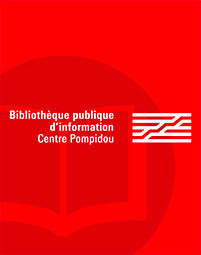Para Site ; Sternberg press
-
-
Disponible - 704-815 IST
Niveau 3 - Arts
Para Site ; Sternberg press
-
Disponible - 704-815 IST
Niveau 3 - Arts

The choreographic turn in the visual arts from 1958 to 1965 can be identified by the sudden emergence of works created by very different visual artists in very different places—artists such as Allan Kaprow, Robert Morris, Carolee Schneeman, and Robert Rauschenberg in the United States; Lygia Pape and Hélio Oiticica in Brazil; the Gutai group in Japan; and Yves Klein in France. Each explicitly or implicitly used dance or choreographic procedures to reinvent, reimagine, and reimage how the visual arts produced and conceived its images and objects—and therefore conceived itself both as practice and as discourse. Dedicated to the renewed encounter between dance and performance and the institutions of global contemporary art, 'Is the Living Body the Last Thing Left Alive?' proposes that a “new performance turn” has emerged in the second decade of the century, and looks at its correlations with other shifts in practices, discourses, and broader society.Contributions de Belkis Ayón, Claire Bishop, Boris Buden, Amy Cheng, Bojana Cvejić, Adrienne Edwards, Patrick D. Flores, Gauri Gill, Simryn Gill, Inti Guerrero, Tetsuya Ishida, Eisa Jocson, Firenze Lai, André Lepecki, Xavier Le Roy, Miguel A. López, Carol Yinghua Lu, Rabih Mroué, Ruth Noack, Fernanda Nogueira, Manuel Pelmuş, Goran Sergej Pristaš, Nelly Richard, David Riff, Emily Roysdon, Simon Soon, Mårten Spångberg, Catherine Wood, Yangjiang Group, Anthony Yung

Disponible - 704-815 IST
Niveau 3 - Arts